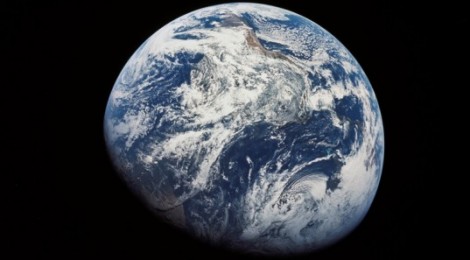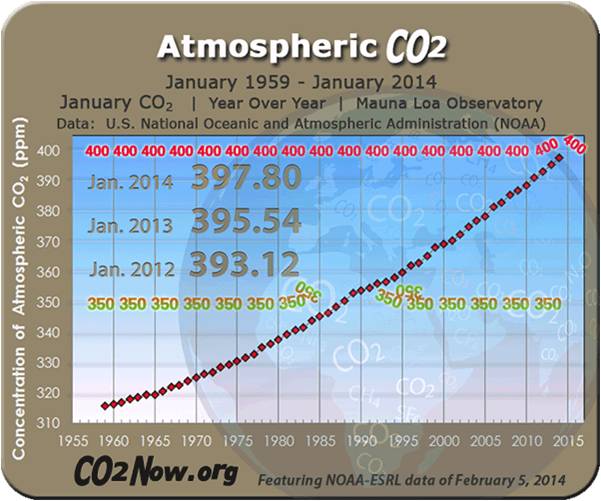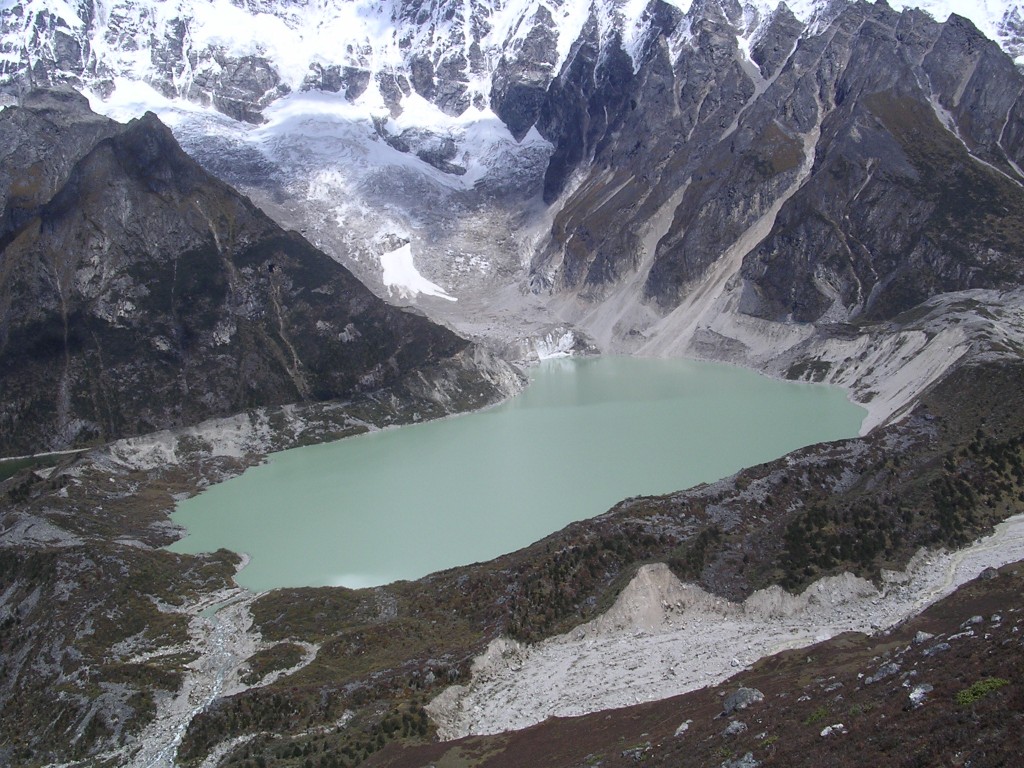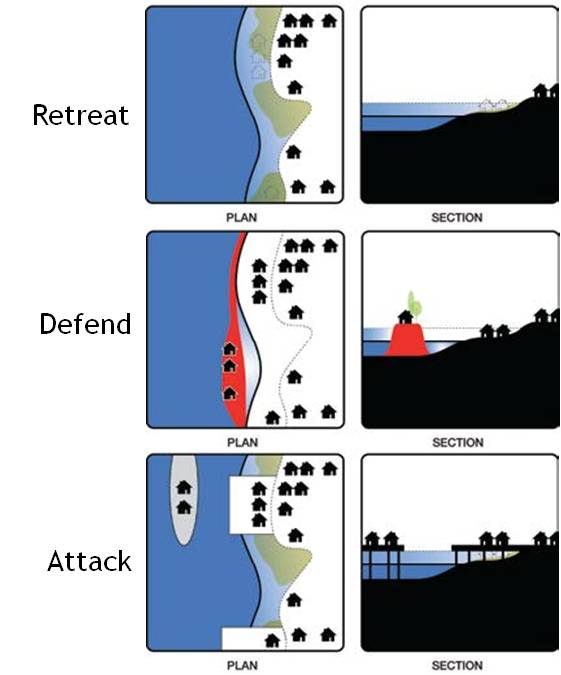
Global warming and environmental change – designing for the future
When asked to produce a ‘Pecha Kucha’ presentation at work I was a somewhat puzzled. Not because of the nature of presentation format (although I must admit this was a new concept to me) but because of the broad subject – something that inspires my work. As a recent graduate and a newbie within sustainability team I have had little exposure to how something may inspire my work, however, while at university I learned about the significance of climate change and how this will affect how we develop as a human race. I decided that this was something I felt passionate about and is probably one of the reasons why I got into sustainability. Instead of uploading my Pecha Kucha (which was made entirely of images), I thought I would reproduce my presentation as a blog article.
I am sure we are all familiar with the term global warming but simply put it refers to the continuing rise in the average temperature of Earth’s climate and has been described by the Intergovernmental Panel on Climate Change (IPCC) as unequivocal.
As a result of the mean global temperature rise, it is anticipated that the Earth will experience changes in its environmental systems. Noticeable changes will occur in the atmosphere, potentially causing a whole manner of effects such as melting of sea ice, glaciers and snowpacks. Changes will also occur with ocean-atmosphere interaction which may also produce a series of hazards.
It is now largely agreed that humans have caused CO2 concentrations to increase dramatically since the industrial revolution. Current CO2 concentration is 397.80ppm (January 2014) which is considerably higher than the concentration around 60 years ago (~310ppm).
So why are these numbers significant? Evidence from the past 500,000 years found within air bubbles in ice cores from Antarctica and Greenland highlight that even though there are cycles of increasing and decreasing of CO2 concentrations, has not crept past the 300ppm mark – until now. Evidence suggests that CO2 levels have increased 31% in the past 200 years contributing to the global mean surface temperature increase by 0.4–0.8°C in the last century above the baseline of 14°C.
As a result of global temperature rise we may see changes in intensity and variability of weather systems. The IPCC suggest that this will be the case for tropical cyclones (hurricanes and typhoons) as we may see larger peak wind speeds and heavier precipitation. These systems depend upon warm sea surface temperatures for energy and as our oceans are demonstrating this warming; we are likely to expect longer storm seasons and more frequent strong storms. Hurricane Sandy in 2012 was a huge wake-up call to people in parts of America as they were not used to experiencing hurricanes.A combination of both warmer atmospheric temperatures and an increase in peak wind speed may lead to more avalanches, however, research into this is still in its infancy as I found while attempting to evaluate this at university. A key driver of avalanche formation is what is known as the ‘snow climate’ which if altered, will affect avalanche frequency in the future. It is therefore important to demonstrate sustainable design of towns and buildings within these areas to minimise the risk of the associated hazard.
Similarly, changes in climate may cause an increase of glacial lake outburst floods which occur due to melting of glacial ice. Lakes form within mountainous regions where glacial melting produces an expanse of water held in place by glacial moraine. As the weight of the water increases over time, the moraine fails and a vast amount of water gets released down the mountainside and floods the surrounding area. These dramatic floods may have devastating effects on settlements.
Sea level rise will cause significant loss in the future both in terms of land and homes. While current storm surges may still be contained by the earth’s natural beach defence – the dunes, in the future, sea level rise coupled with storm surges are likely to breach this protection. In future, even are structural defences may fail as we have recently seen in areas such as Dawlish, Devon where the part of the sea wall (and rail track) failed.
Rivers and streams are often not able to withstand increased amounts of rainfall especially with increased run-off caused by landscape changes. In-land flooding is something that can be expected more often in the future and sadly we have seen a substantial amount across the UK this winter. Flood-proof housing may be offer a serious option for future building design by incorporating either wet-proofing or dry proofing strategies to minimise damage and associated costs.
As a result of sea level rise, there are essentially three strategies that can be adopted by coastal communities; retreat, defend and attack. These options will have to be considered very carefully in the future to avoid unnecessary loss of land and lives. However, in reality applying these methods will be not be an easy task due to the dynamics of the coastline.
Living near the coast, a river or in a mountainous region may pose a serious risk to lives in the future as our climate changes and it is important to take this into consideration when designing towns and buildings within these areas. According to the IPCC, some dramatic changes and hazards could be apparent by 2100 putting peoples lives and land at risk. There has never been a better time to act and begin to plan for a sustainable future.[1] Pro Oxygen. (2014). Available: http://co2now.org/. Last accessed 24th Feb 2014.
[2] Petit, J.R., J. Jouzel, D. Raynaud, N.I. Barkov, J.-M. Barnola, I. Basile, M. Bender, J. Chappellaz, M. Davis, G. Delayque, M. Delmotte, V.M. Kotlyakov, M. Legrand, V.Y. Lipenkov, C. Lorius, L. Pepin, C. Ritz, E. Saltzman, and M. Stievenard. 1999. Climate and atmospheric history of the past 420,000 years from the Vostok ice core, Antarctica. Nature 399: 429-436.
[3] Building Futures. (undated). Facing up to Rising Sea Levels: Retreat? Defend? Attack?. The Future of our Coastal and Estuarine Cities.




